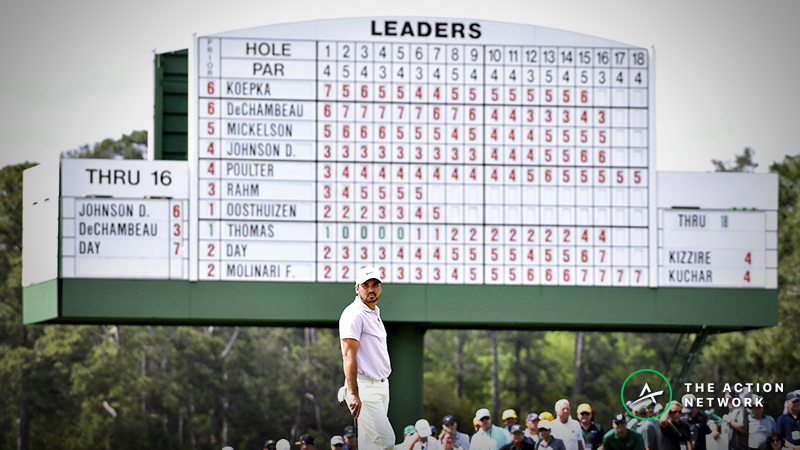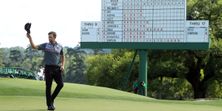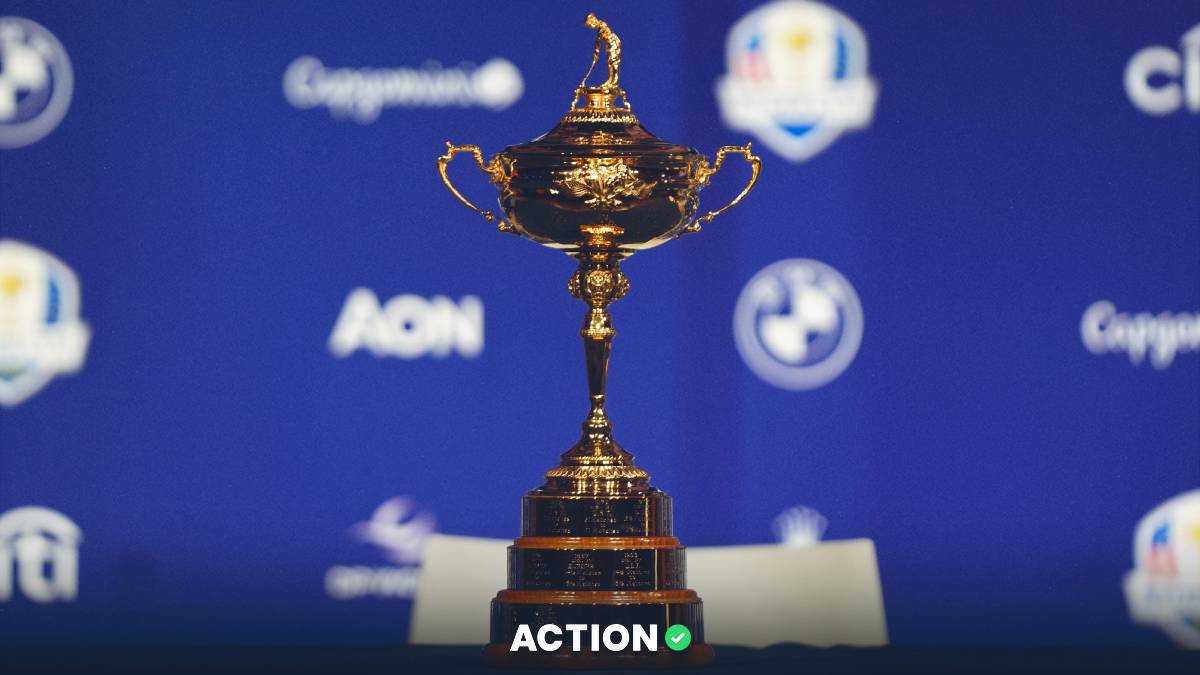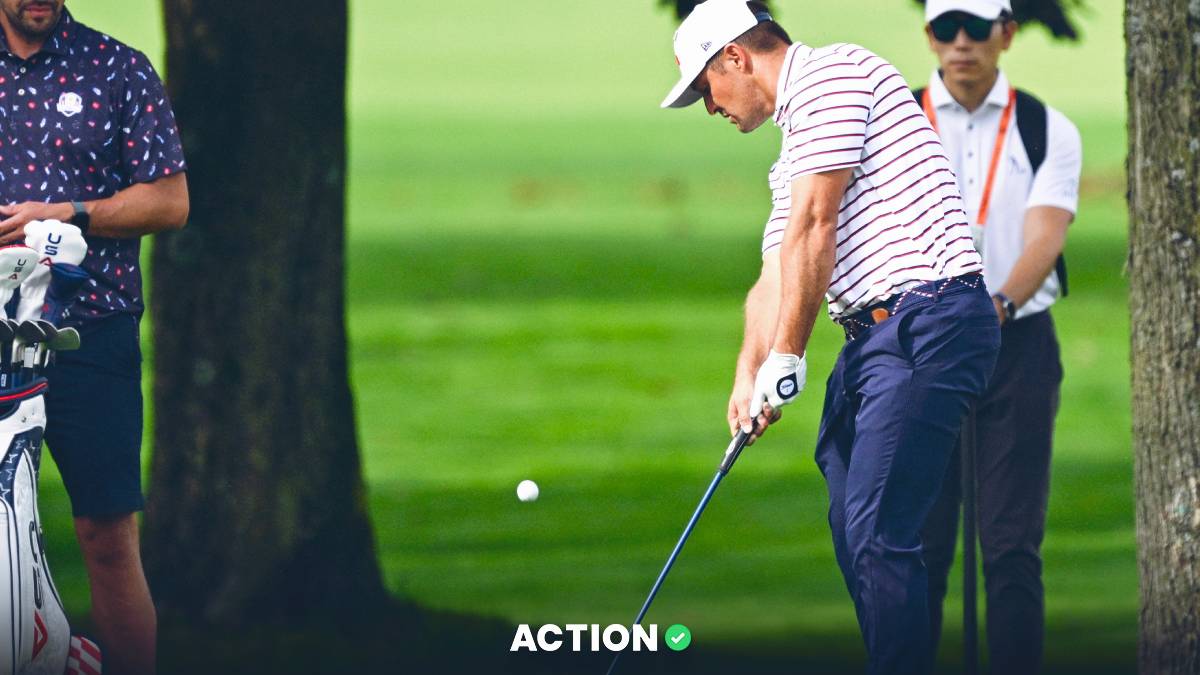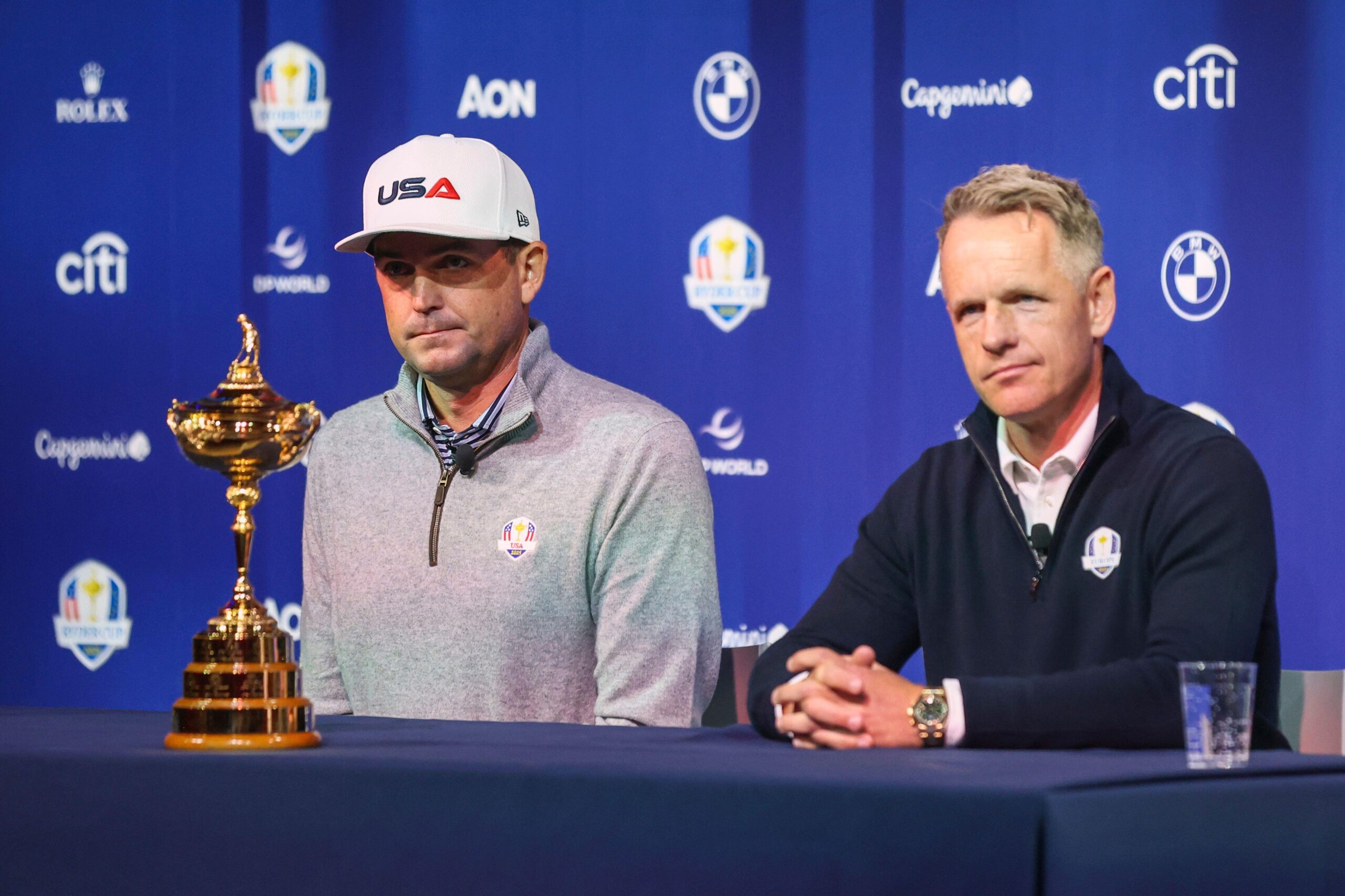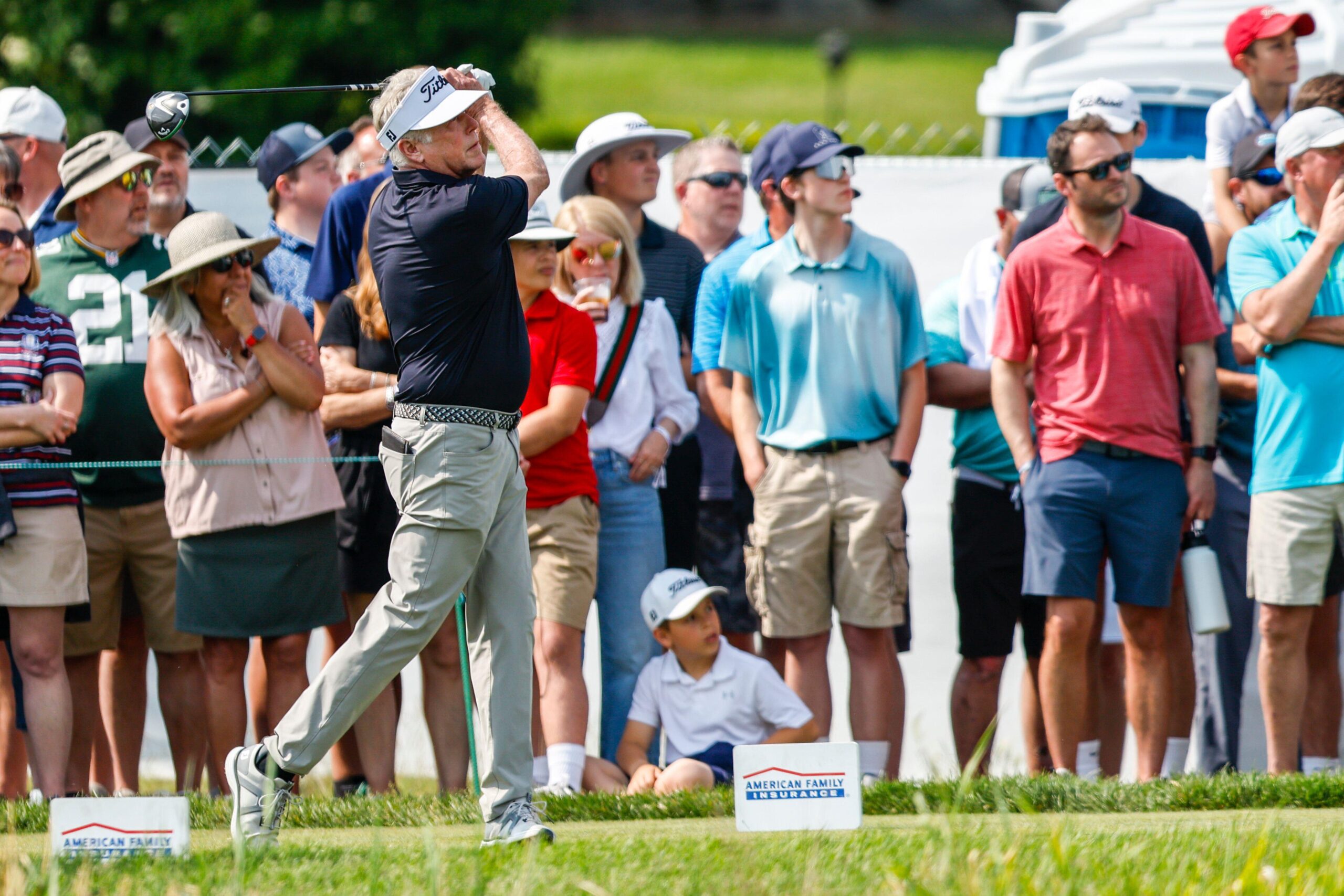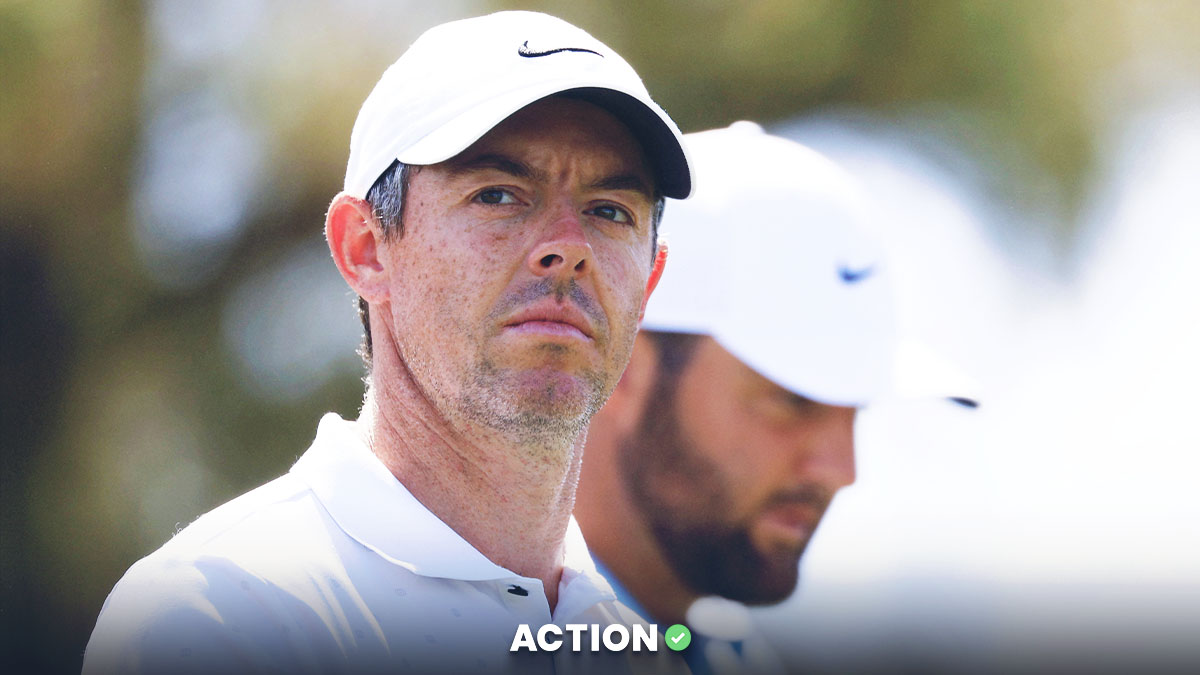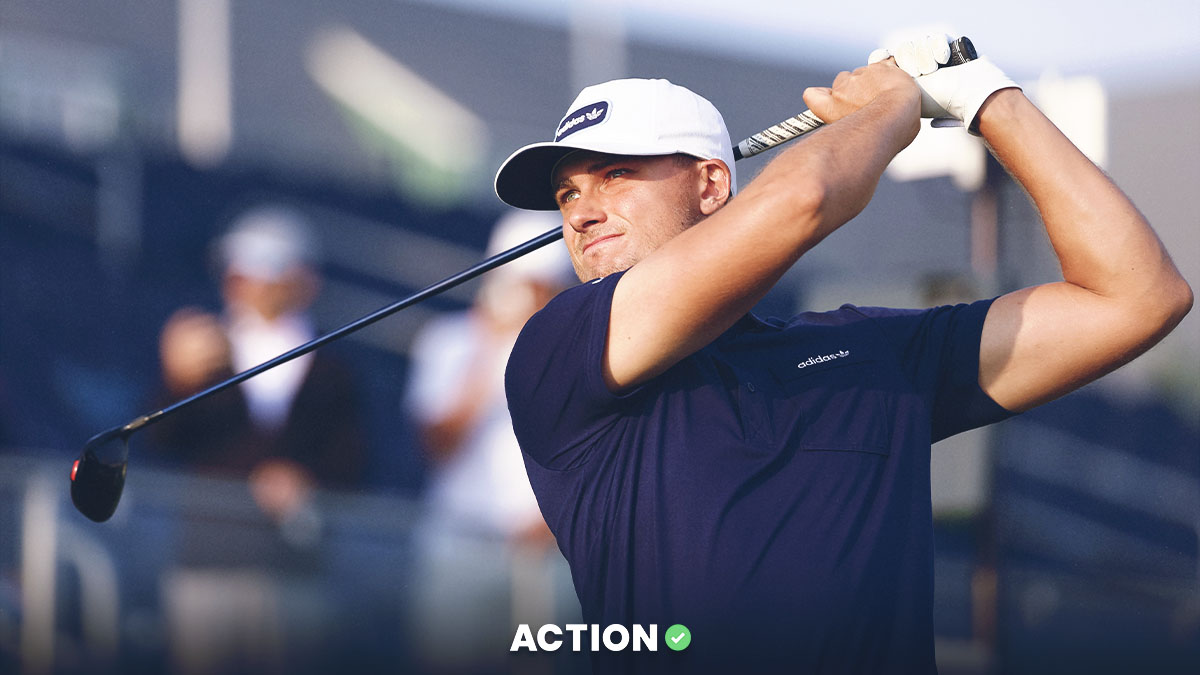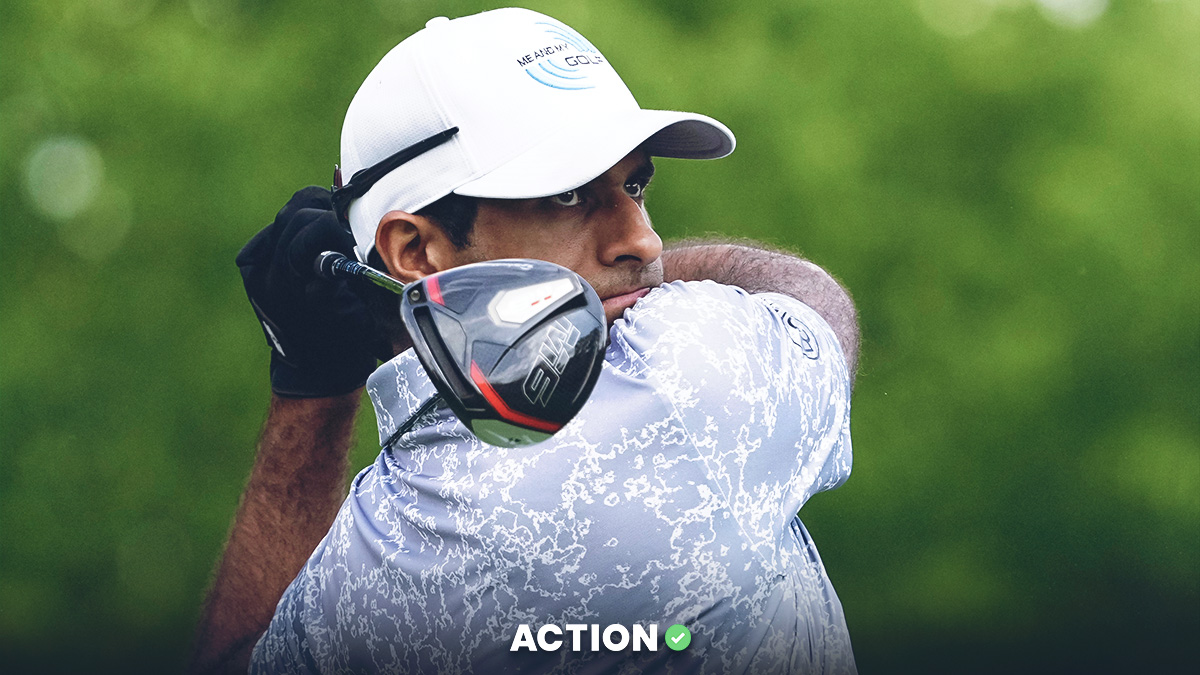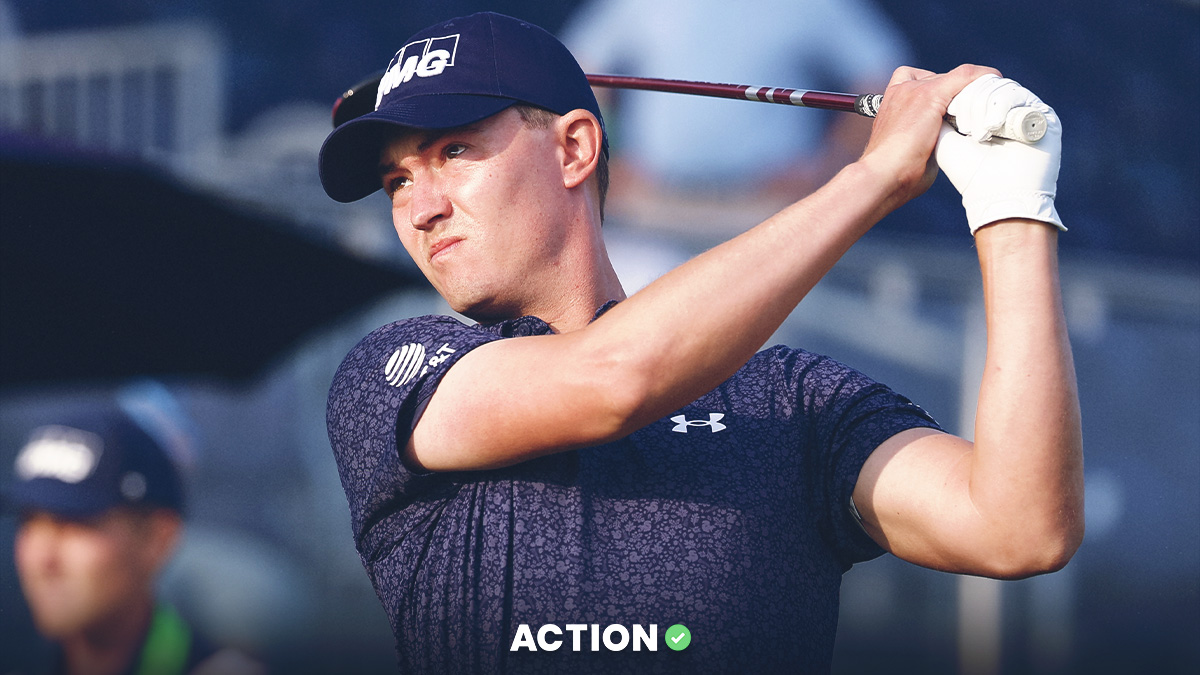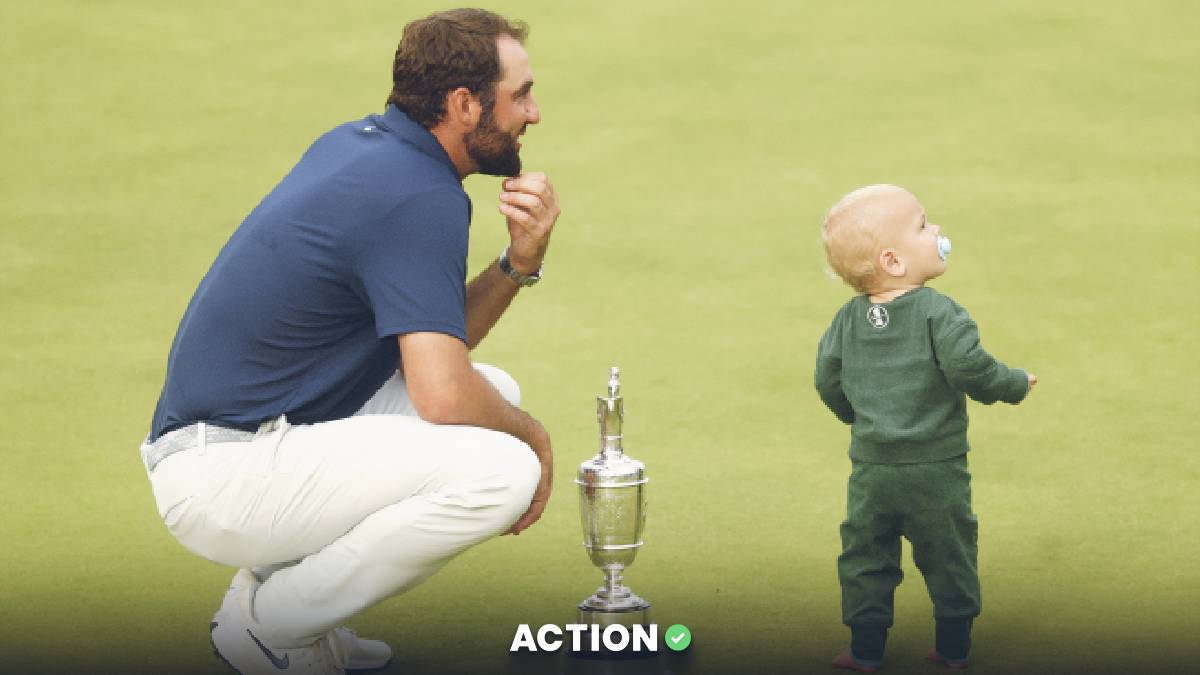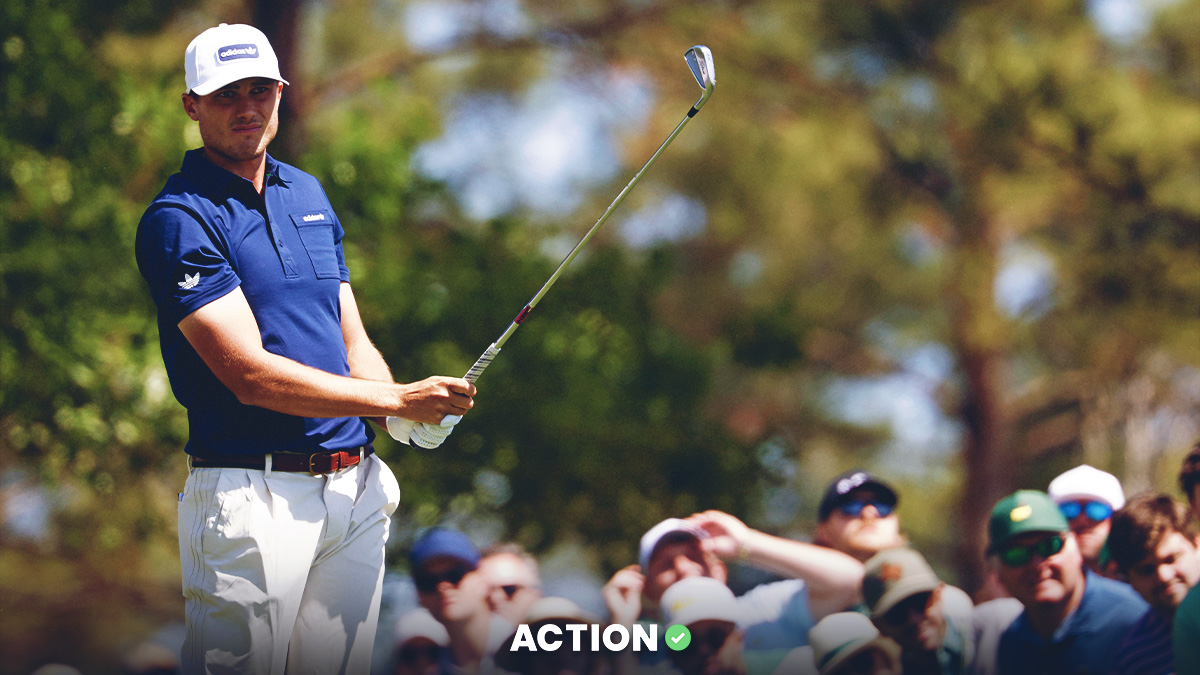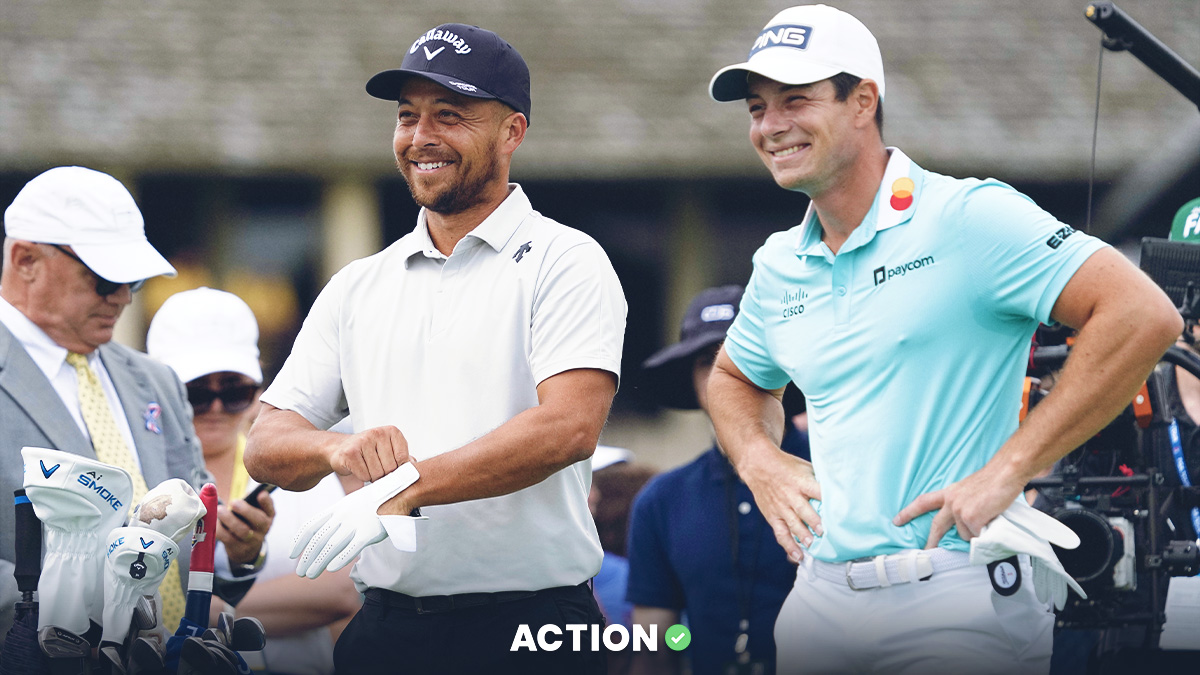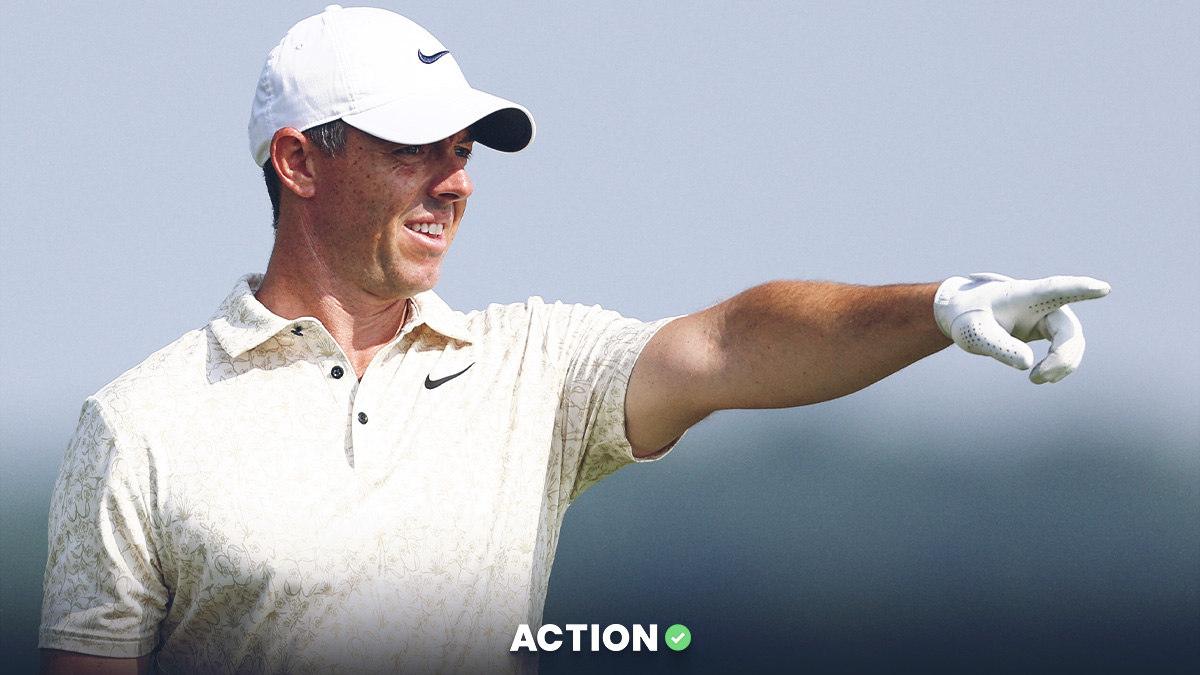First-Round Leader Bets in Golf
The rise in popularity of golf betting has led to an increased awareness of the “First-Round Leader” market, but it’s still far more niche than it should be.
In my opinion, no market in sports betting presents the opportunity to consistently sweat a 100-1 longshot in such fun-and-excruciating fashion.
Gamblers will wait 4-6 months for the chance to cash a 10-1 futures ticket in the NFL or NBA, while 100-1 longshots like Sam Ryder routinely come through after just one round of golf.
Let’s run through this FAQ style to highlight why this is a market that should be on your radar.
We'll detail it more below, but most sportsbooks will chop your first-round leader bets in the event of a tie — if Hideki Matsuyama went off at 45-1 to lead after Round 1 and finishes in a three-way tie for first, you're paid out at 15-1.
What is a First-Round Leader bet?
A first-round leader bet — aka "FRL" — is a wager placed on a golfer to be in first place after Round 1 of a given tournament.
Sportsbooks now offer odds on players to finish top 5 or top 20 in the first round, but first-round leader is the most popular market due to the high payouts.
Why do FRLs offer consistent betting value?
FRL odds are correlated with outright winner odds, but tightened a bit — Scottie Scheffler is +475 to win the 2025 Masters and +1200 to lead after Round 1, while Aaron Rai is +14000 to win the tournament and +7000 to be the first round leader. That's because it's much harder to close out a 72-hole tournament than go low for one round.
But if you follow golf long enough or keep record of Round 1 scoring performance, you will notice specific trends around certain players. Some guys struggle out of the gates, while others are prone to starting fast. Some players are also more volatile and can post a low round if things break their way.
The market typically doesn’t adjust for these variables. Sportsbooks are just taking the outright odds, adjusting them for a single round instead of 72 holes, and firing away.
What’s the profile of a good FRL bet?
The players change every few years, but the profile remains the same. Here are some things to look out for.
Round 1 scoring average. There's definitely some noise in a statistic like this, but some players tend to outperform in Round 1 relative to other rounds. Maybe it's preparation, maybe it's nerves on the weekend.
Here's a look at some of the best and worst players in total Strokes Gained in Round 1 vs. Rounds 2-4 over their last 100 rounds.
You'll notice a few themes on this list — some older players made the list as they might wear down throughout the weekend, as did some strong putters like Patrick Reed and Mackenzie Hughes.
Ability to "go low." To lead after Round 1, you need to rack up a lot of birdies or even an eagle or two.
Someone like Matthew Fitzpatrick rates out really well in bogey avoidance but doesn't create as many birdie opportunities as the other top players.
If you're betting a longshot, it's never a bad idea to gravitate toward good ball-strikers and pray they got hot with the putter for 18 holes (or hit their approach shots close enough that putting almost doesn't matter). It's much easier to hide a bad putter for 18 holes than 72, and if your approach game is red-hot, you can string together a great round.
While Strokes Gained are not perfect metrics, it's better than using birdie percentage, which is skewed by the types of tournaments a player plays. Wesley Bryan for example ranked No. 5 in birdie percentage on the PGA TOUR in 2024, but mostly played in alternate field events and easier scoring tournaments that the best players sit out. Each Strokes Gained category will show how much better or worse a player was compared to the field, which helps account for disparity in tournament difficulty, course setup, and weather conditions impacting baseline states like birdie percentage.
Good putters: Inversely, you can hope that an elite putter like Denny McCarthy or Maverick McNealy can strike the ball well enough, or drain enough 20 footers, to contend for the first round lead. Ball striking tends to be more predictive, so we gravitate toward the elite iron players who can't putt more often than the great putters, but making every long putt is a great way to lead after 18 holes before it all comes apart when the putter regresses.
What other factors should I be looking for?
Perhaps the two most important parts of any good FRL handicap are the weather and the course conditions.
The weather draw can eliminate half of the field in extreme circumstances. For example, if the wind is gusting for the afternoon wave, that’s a good reason to focus solely on the morning pairings. Same goes for rain, which can soften greens and make playing conditions easier for the players who get to attack the course in the aftermath. Books do usually pick up on this if it's known information throughout the week, but if the weather is developing during a round, there are advantages you can find.

Another subtle weather tidbit that most people ignore: In certain parts of the country, temperatures can swing from the 50s in the morning to the 70s and 80s in the afternoon. The hotter the temperature, the farther the ball will typically travel, giving afternoon players in this example an advantage.
In terms of course conditions, poa greens will help players in the morning wave given how quickly that type of grass grows throughout the day, giving golfers playing in the afternoon a bumpier surface to putt. West-coast courses like Riviera, Pebble Peach and Torrey Pines all have poa greens.
Again, because the FRL odds are directly correlated with a player’s chances of winning, you can find a rather large edge over oddsmakers, who do not always account for these factors.
For multi-course tournaments, they'll just offer two different FRL markets so they don't get burned (like the AT&T Pebble Beach, which uses three different courses).
FRL rules, and how ties are handled
As with all types of prop betting, you want to make sure to check your sportsbook’s rules before placing a wager. In the case of FRLs, most books stick to the “dead heat rule” if there’s a tie, meaning the payouts are divided by how many players tied for the lead.
Most legal U.S. books cut your stake and not the odds, which works like this:
- Solo lead: A $30 bet on Joel Dahmen at 90-1 pays $2,730 ($2,700 profit plus your $30 back).
- Tied with 1 other player: If you bet $30 on Dahmen at 90-1 and he ties with one other player, $15 worth of that bet stands, so you'd profit $1,350 because your bet ends up being $15 at 90-1.
- Tied with 2 other players: If you bet $30 on Joel Dahmen at 90-1 and he ties with two others, you lose $20 worth of that bet, but $10 stands. So you'd win $900.
| Bet | Result | Profit |
|---|---|---|
| $30 Dahmen, 90-1 | Tie w/ 1 other | $1,350 |
| $30 Dahmen, 90-1 | Tie w/ 2 others | $900 |
I have seen some sportsbooks that will grade such ties as No Action, meaning the original bet is refunded but none of the winnings are paid out (even partially). FRLs are not worth a wager if this is how your book grades them, as so many Thursdays end with a tie at the top.


